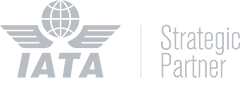
During my MBA Knowledge Management course with Dr. Michael Zhang, I received an assignment to read multiple papers. At the time, two of them (1 & 2) struck me as they were related to one of my issues: efficiently spreading new technologies through my R&D organization.
It is surprising to imagine that an organization of 30 enthusiast engineers, both young and old, had difficulties sharing innovation. But the clues were there: many of them were frustrated that ideas shared and presented a year ago were finally rediscovered and used in our products. As I have been digesting these two papers for a year, I want to share the leads I found to help my organization and discuss which promising ones I would explore in the future to unlock the full innovative potential of the organization with which I work.
There are four major points about innovation that an R&D organization such as the one in which I was working should consider:
The organization is shaped by a network of individuals. Mapping and qualifying them offers the opportunity to adjust it to run more smoothly
Innovation sharing must be fostered by management to work efficiently
Engineering organizations, and especially IT ones, suffer from a severe "not invented here" syndrome that must be cured
Scouting ideas is the beginning of the journey, not the end.
Organizational network
For CHAMP, gaining insights from customer workflows is crucial to advancing new products and services. After all, a group of humans is not equal in their communication channels: some individuals will tend to communicate with everybody, while others will tend to focus on fewer links. Therefore, it is crucial to ensure these channels exist.
According to the theory of employee networks, there are different types of profiles: Idea Scouts, Idea Connectors, and Regular Engineers. Idea scouts specialize in monitoring the market to find new ideas. Idea Connectors spread the ideas efficiently using the correct channels and forms. Idea Connectors can be natural communicators or be appointed to a position of redistributing information. I am convinced that a part of my engineers' frustrations arose from the fact that ideas were not spreading despite their efforts to do so.
I believe that in an environment where the management cultivates trust within its teams, opening the mapping can be very positive and this is exactly what I personally cherish.
Foster innovation sharing
When fostering innovation sharing, it is imperative to keep in mind that the environment is essential at all levels. In the past, I’ve had the chance to work in an environment, favoring it:
- Having a team work in the same open space, facilitating direct communication certain helps. Creating an environment of camaraderie by having every lunch or coffee break in the common kitchen – using it as a moment to exchange news and ideas with the rest of the company
- On a bi-monthly basis, team building activities and open sprint reviews help to build a horizontal dynamic between organizations
- Relying highly on peer programming, favoring the free communication inside the teams and creating a fertile substrate to exchange around good practices, at first through new technologies in guilds meeting
- Giving feedback from events/conferences - make it mandatory for team members to do a lightning talk about the major points made at the event
we organized many meet-ups, bringing innovation from the outside and strengthening our bonds with the communities of practice
Not invented here syndrome
A point that can hinder the spread of innovation is the disease that I encounter at different stages of severity in all IT engineering organizations that I had worked with: the not-invented-here syndrome.
In programming, [...] "NIH syndrome" as the tendency towards reinventing the wheel based on the belief that in-house developments are inherently better suited, more secure, more controlled, quicker to develop, and incur lower overall cost than using existing implementations. - Wikipedia
To fight it, I relied on bringing more seniority in the teams and helped them to challenge each choice by making it business-driven. In such a case, senior people acted probably as connectors, broadcasting the idea that external technologies can be positively used by advocating them. In combating this, we must understand that we can have better products.
The innovation pipeline
The last thing is that an idea cannot be just scouted and pushed inside the organization but instead must go through a process to offer it a chance to reach the production stage, especially in less than a year as I introduced the topic. Taking cues from other technological advances can help. While CHAMP has taken the key ideas from consumer technologies, such as mobile apps. However, you simply cannot offer an app to a stakeholder and expect it by itself to be a net benefit to our customer. Much more work and thought must be put into designing a solution that would truly be beneficial. To accomplish this properly, MIT Sloan suggests the following four-gate process that makes sense:
- Ideation: the idea is scouted externally
- Selection: the idea is pushed inside the organization through connectors. I believe that it is at this moment that an idea champion must follow an idea and check how it is perceived at the next steps.
- Diffusion: the organization absorbs the idea to test and integrate it into products. I think for functional ideas, Design Sprint is the perfect tool to asses them. For technical ones, weekend or Friday afternoon projects and hackathons are nice ways to experiment with them.
- Exploitation: the idea is put into production through a new product release.
To conclude, making innovation flow through an organization is never an easy task. Many issues rise up as barriers to change. But, a properly designed organization can definitively help to remove as much friction as possible, reducing the lag between the moment an idea appears in the wild and is captured by your organization. This is a real win-win situation if it further helps to reduce the frustration of your scout, who wants to share the best of what he or she finds with the rest of your organization.
.png)



